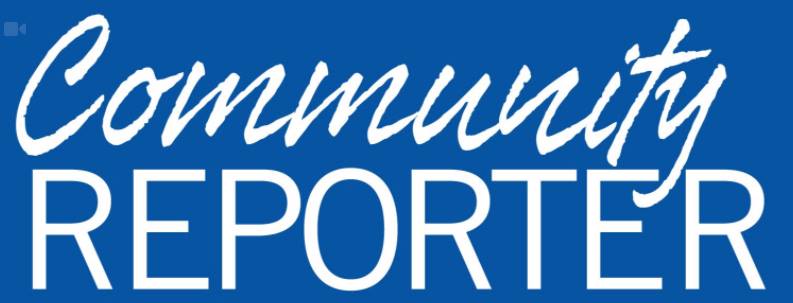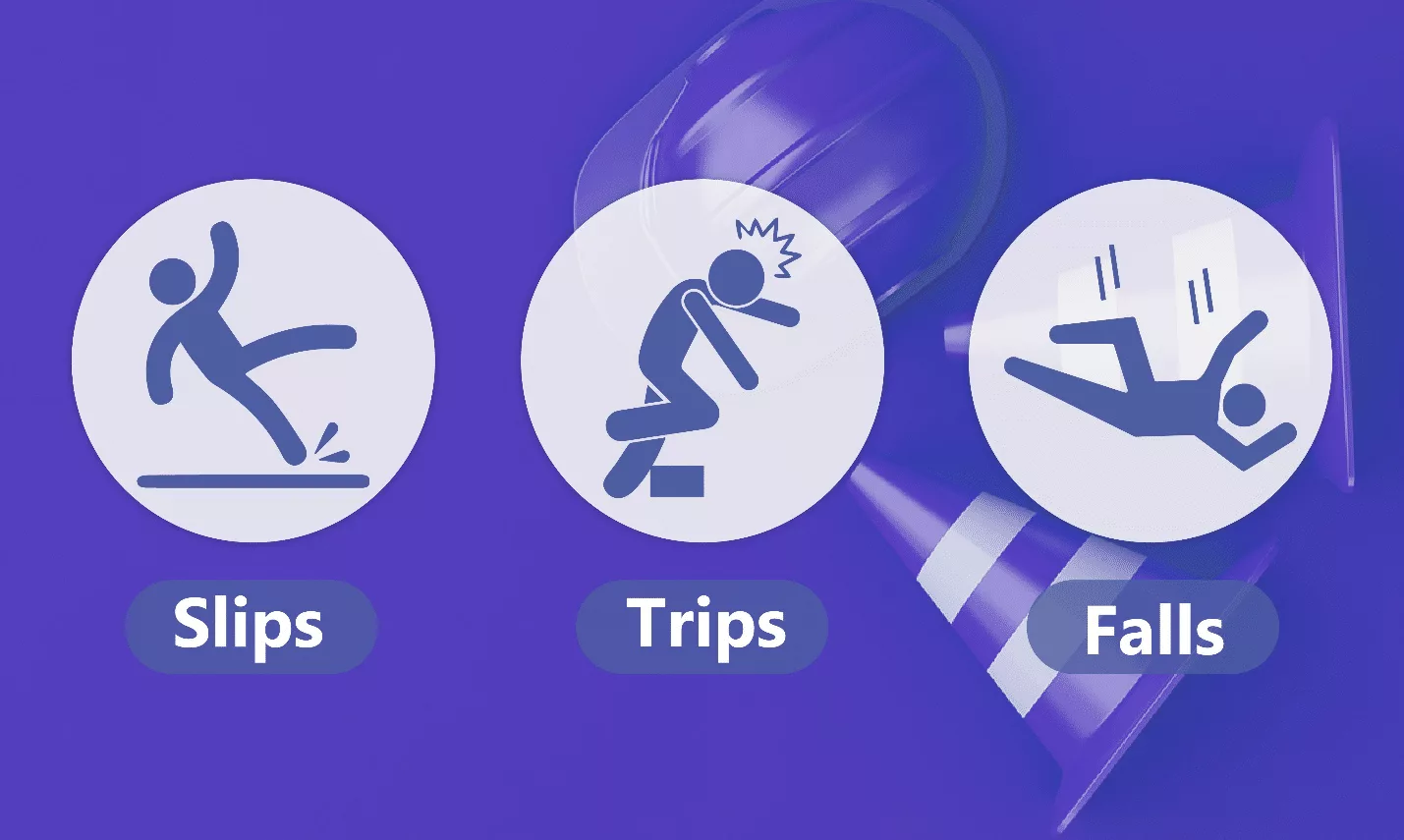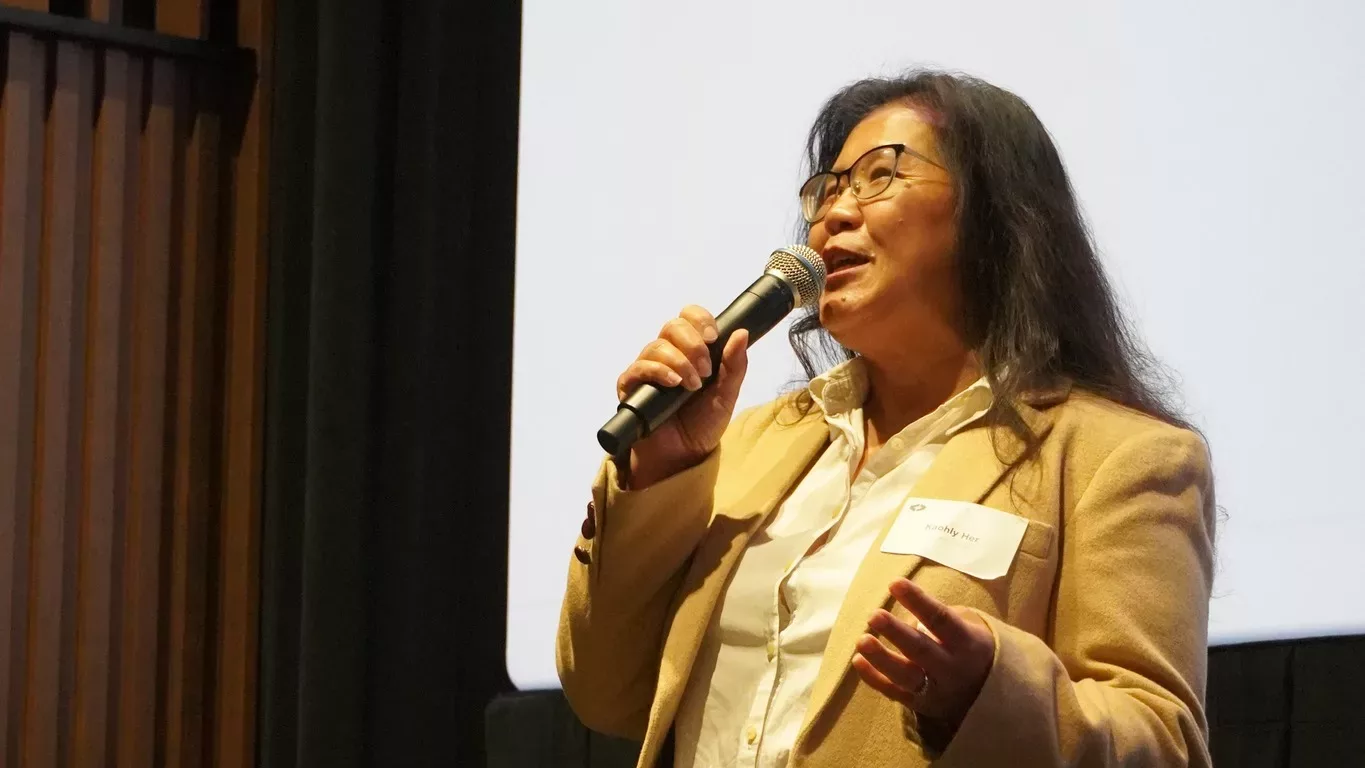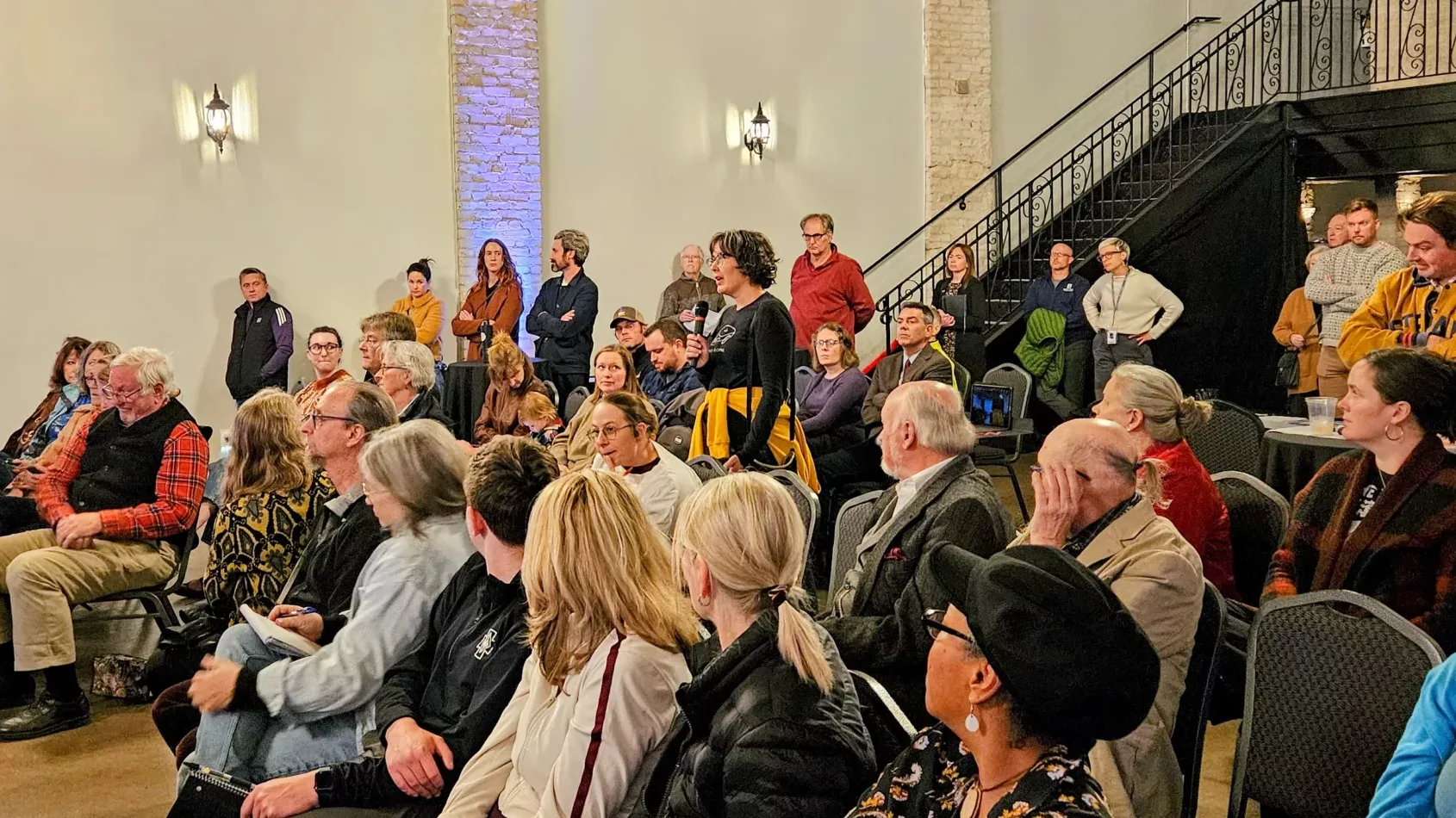By Margaret Cunniff, MD
As this year closes and the next one opens, one thing we can count on every winter in Minnesota is ice. Icy sidewalks, icy streets, that icy patch of deck you thought was shoveled. Ice and slippery surfaces increase the risk for falls which can result in significant injury. Taking time to find ways to decrease fall hazards becomes more critical as we get older. As we age, our bones lose density and become more susceptible to breaking. While some bone thinning can be a natural part of aging, it can cross the line into a medical condition called osteopenia (mild) or osteoporosis (moderate/severe). While talking to your doctor about bone health is important, the first step is to reduce your fall risk.
While missing a spot salting the sidewalk can be a concern in the winter, outside your home is not necessarily where most falls happen. One of the most common stories I hear when talking with older patients who have had a fracture after a fall is “I tripped getting out of bed.” A patient caught their foot on a wrinkle in the rug or they got up in the dark as they didn’t want to wake their partner by turning on the light before going to the bathroom.
Some simple safety tips can help keep you and your loved ones out of the hospital.
- Non skid shoes: High heels, worn out shoes, and even plain socks can make for slippery surfaces, especially on wood or tile. Try footwear that allows for good grip on the floor.
- Nightlights: Use nightlights so that you can see the path to common places like bathrooms or particularly risky spaces like stairs that you might use in the evening.
- Remove hazards: Put non-slip surfaces in the shower and under rugs or remove them entirely. Make sure power cords are tucked away, and shoes and other items are put away. Anything loose on the floor is a tripping hazard.
- Add grab bars: As we age, it can be harder to stand without using our arms, and spaces such as bathrooms and bedrooms can benefit from a helpful handrail.
These simple alterations to the home are a healthy place to start. Next you will want to talk to your doctor about whether medical tests would be appropriate to help identify if you have thin bones and are at risk of fractures. Women are most prone to osteoporosis due to changing hormones with age. Half of postmenopausal women will experience an osteoporotic fracture. Of those who experience a hip fracture, only half make it back to pre-fracture mobility. That is why the US Preventative Task Force recommends all women aged 65 and older get tested for osteoporosis with a DEXA scan, an x-ray that determines the density of bone, as well as younger women who have additional risk factors for osteoporosis. There is not currently a recommended screening for those who are not biologically female.
If you complete the test and are found to have osteoporosis or osteopenia, there are treatments to reduce the risk of fractures. The most common are bisphosphonates and denosumab. Bisphosphonates are the first line therapy for osteoporosis. They can be given in pill or infusion form, and they prevent bone breakdown. They are taken for 3-5 years, depending on form, as prolonged use can increase risk of fracture. Denosumab, or Prolia, similarly reduces bone resorption and is an injection taken every 6 months. It does work faster than bisphosphonates, but once you start this medication it is recommended to continue for the rest of your life as discontinuation of the medication increases the risk of fractures. In addition to medications, physical activity can strengthen bone and gradually adding in more activities such as walking, strength exercises can be very helpful.
The consequences of falls in those with lower bone density can be devastating. As we get into this winter season, look around your home and think of ways you can prevent falls to keep you safer. Also consider talking to your doctor about your bone health.
Statistics and guideline recommendations sourced from the American Academy of Family Physicians practice guideline for osteoporosis treatment and the US Preventative Services Task Force Osteoporosis Screening website.
Dr. Cunniff is a family physician at Allina Health United Family Physicians, 233 Grand Ave, St. Paul, MN 55102, 651-241-5200.








Leave a Reply